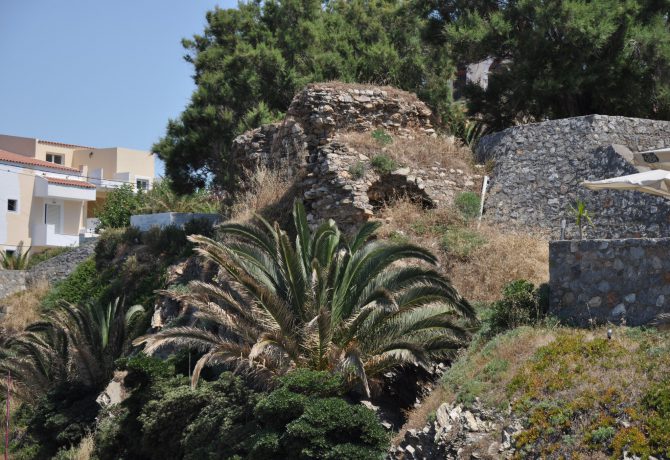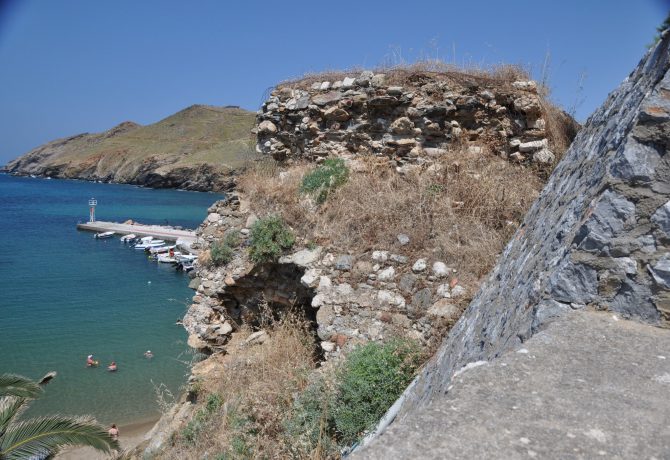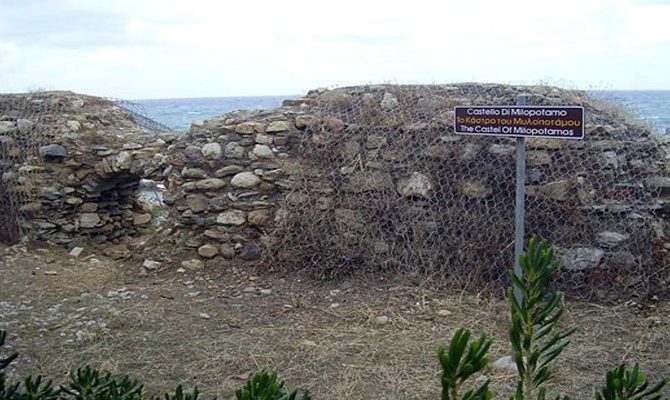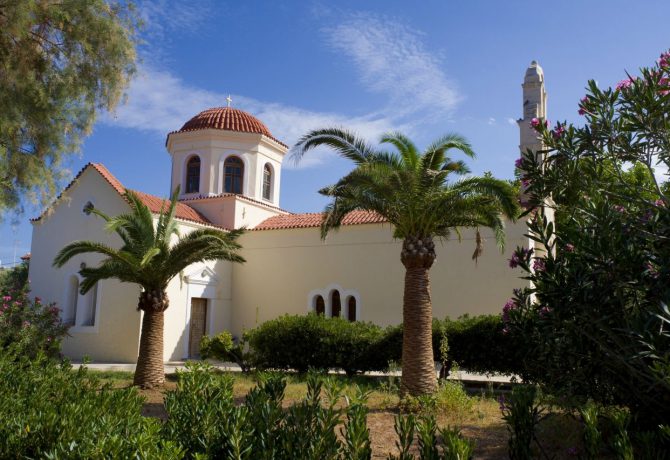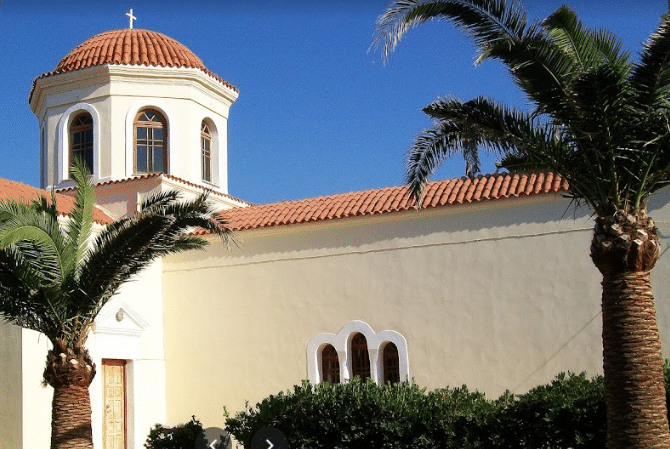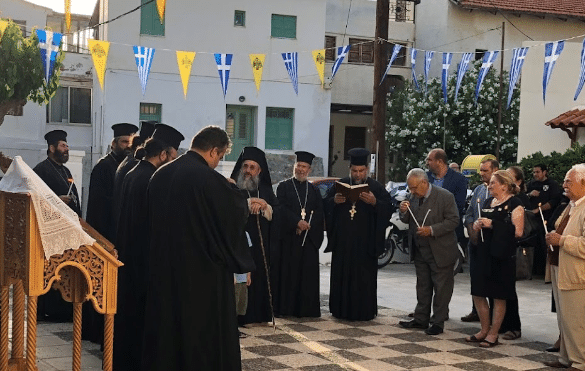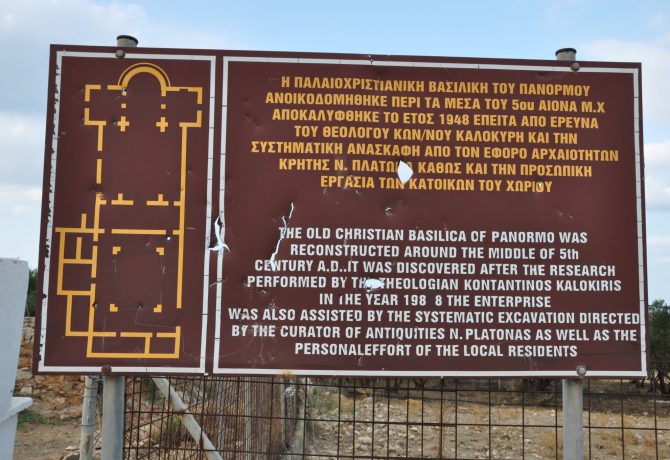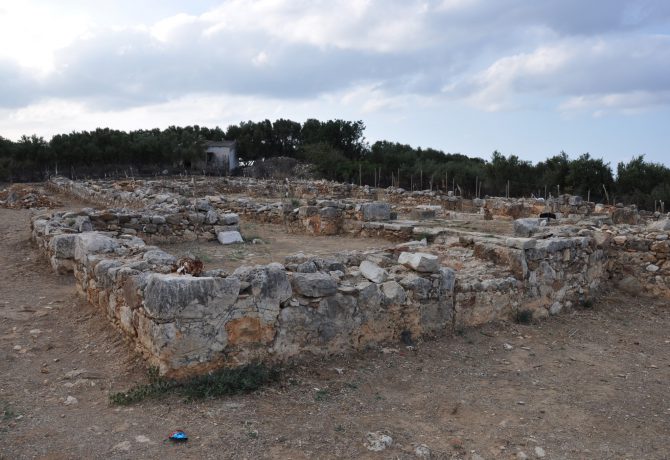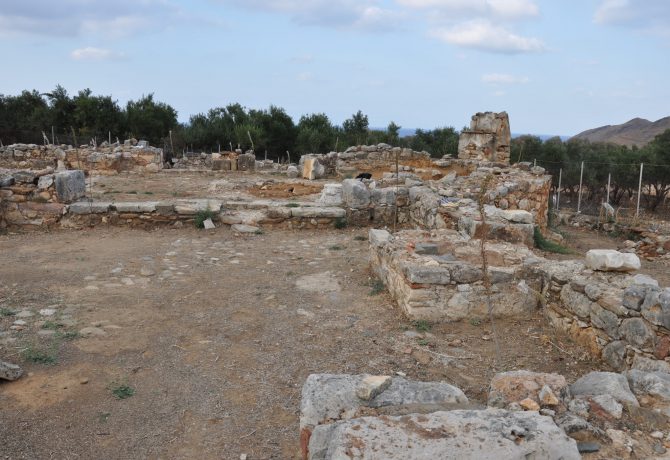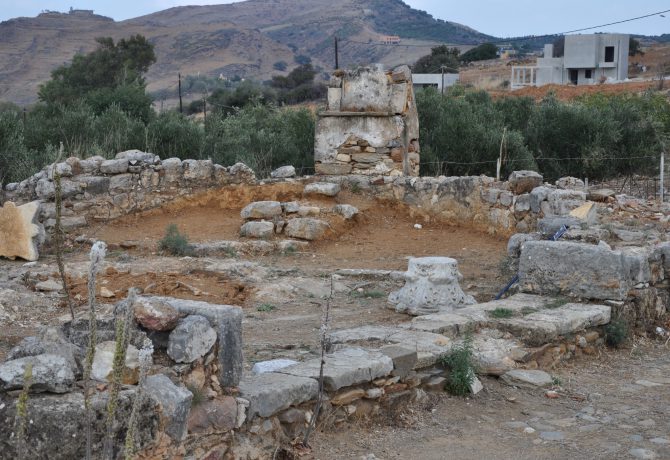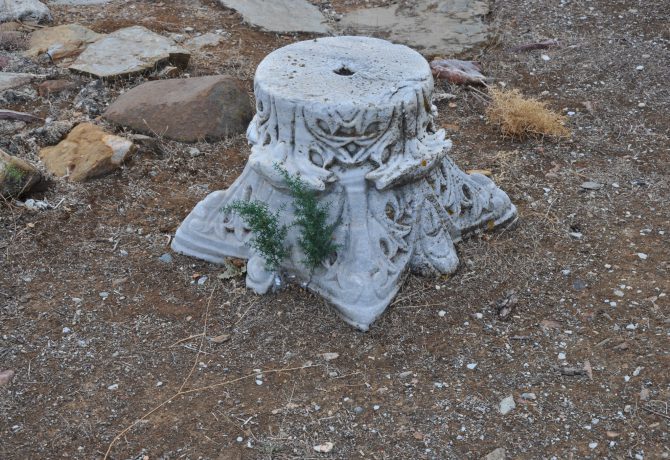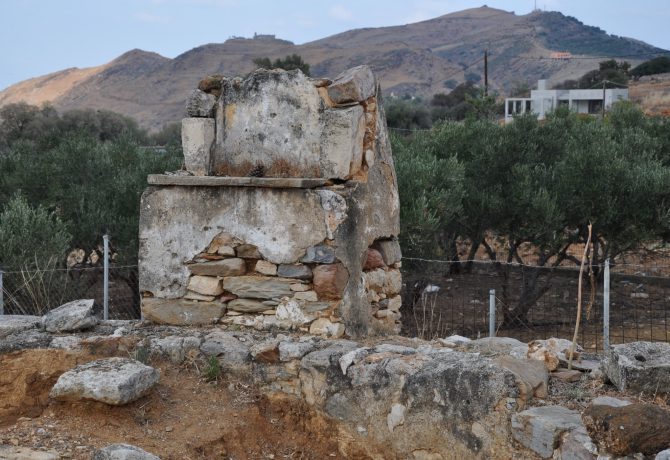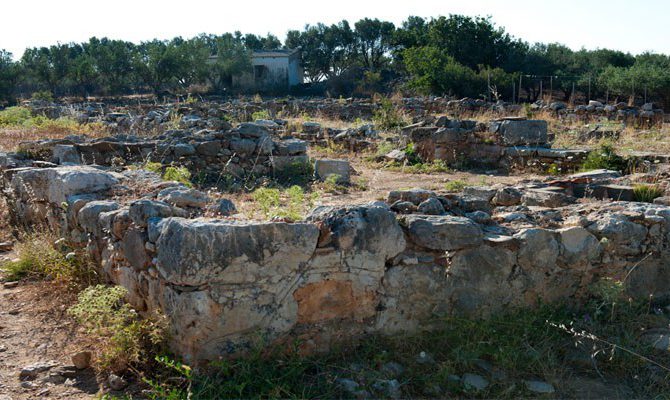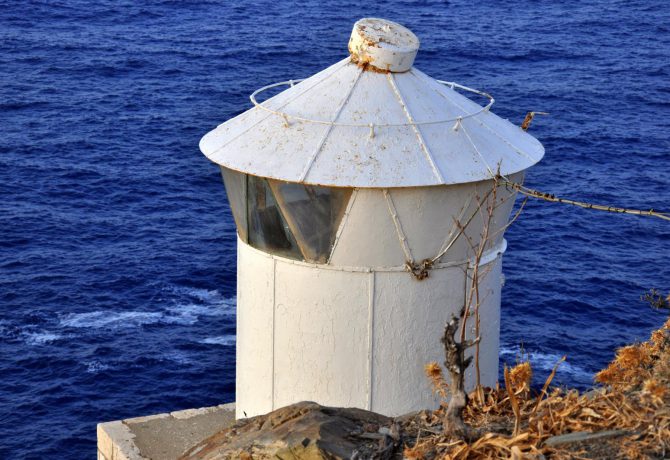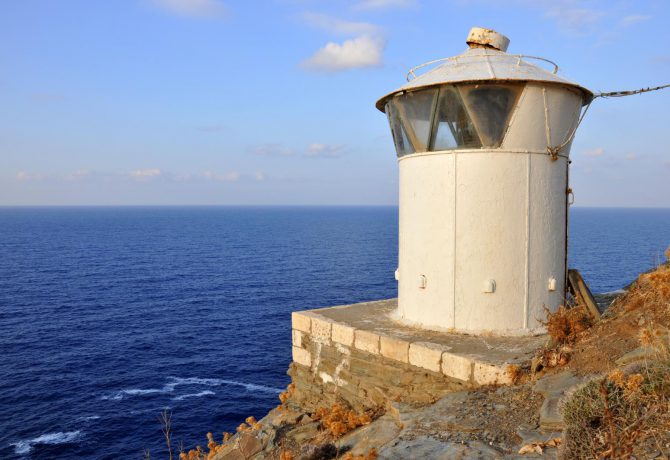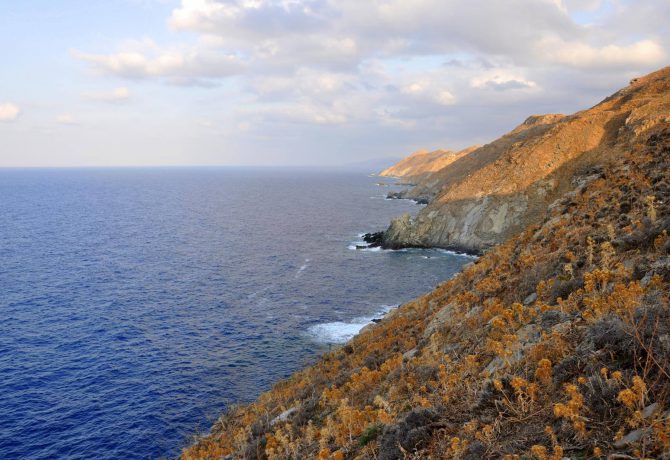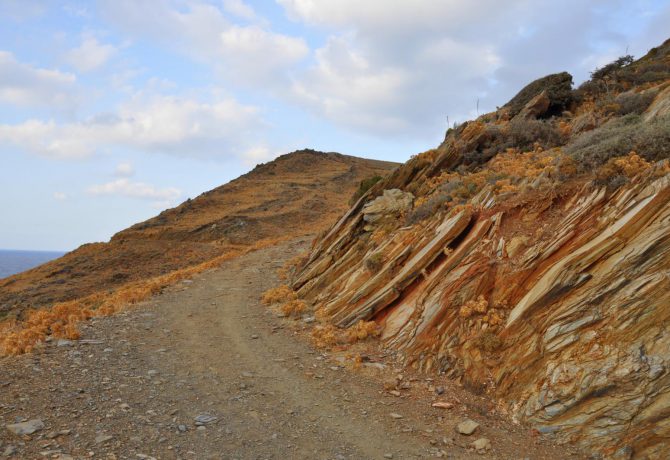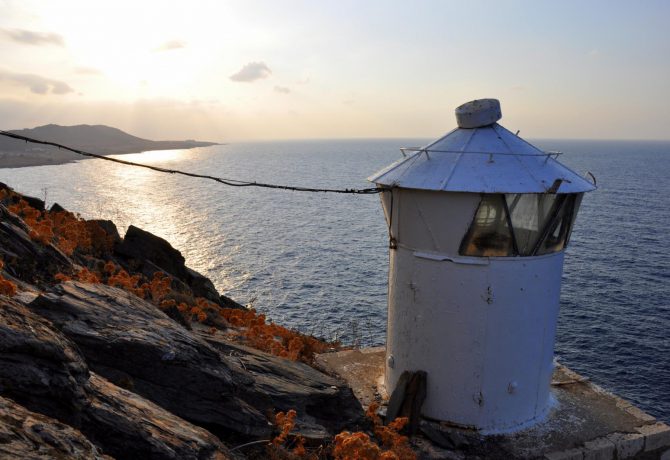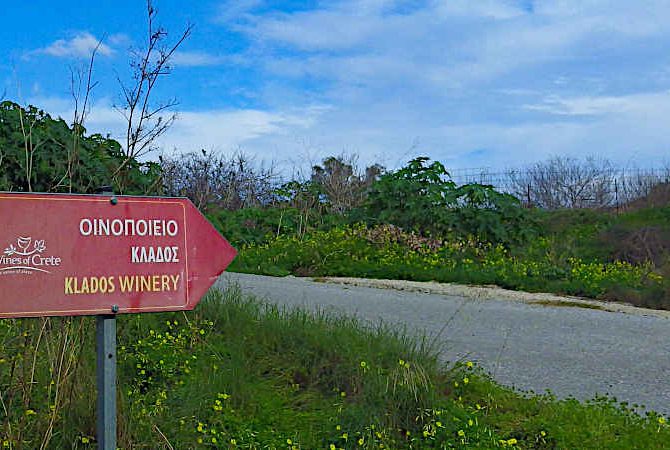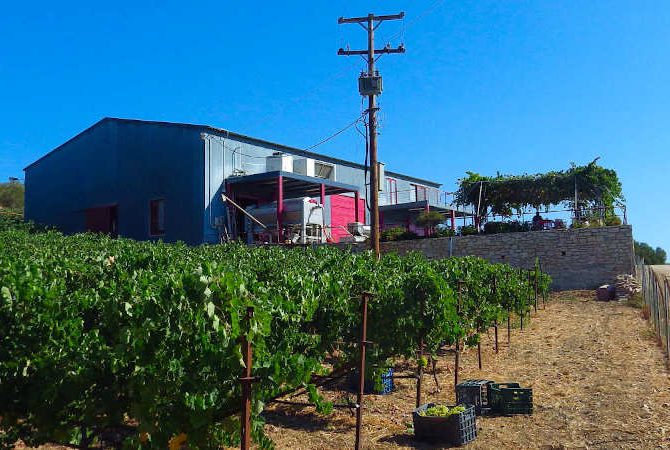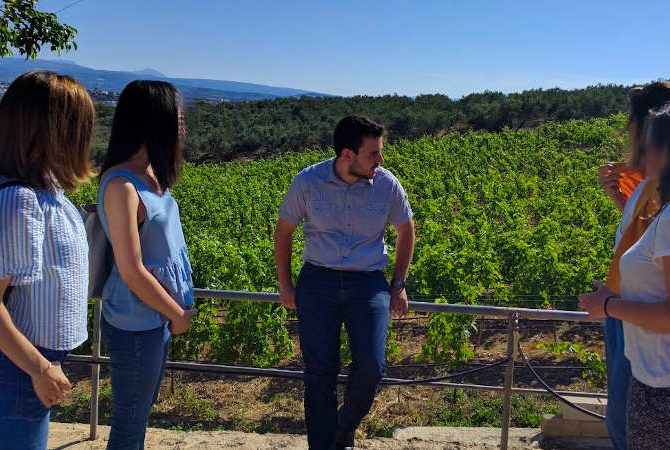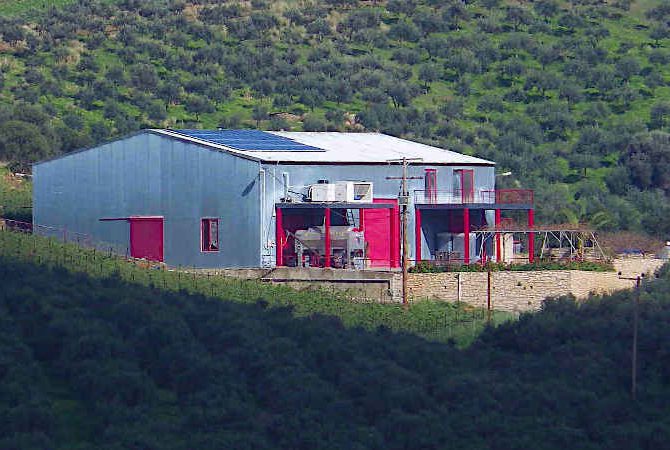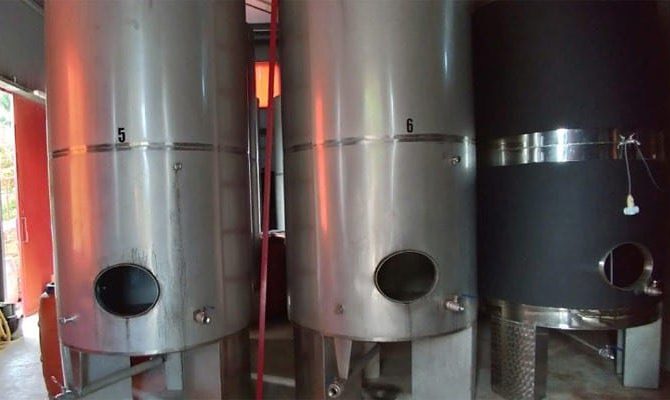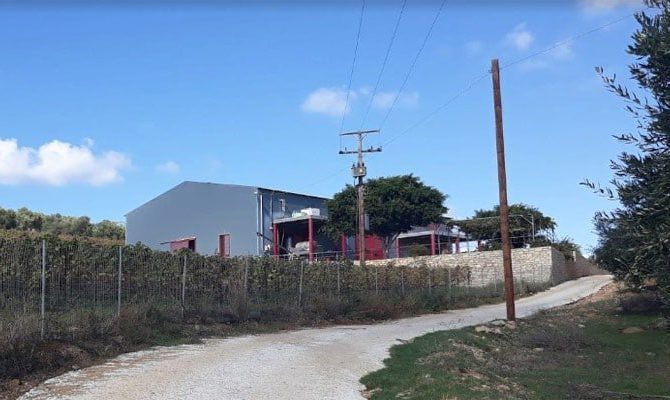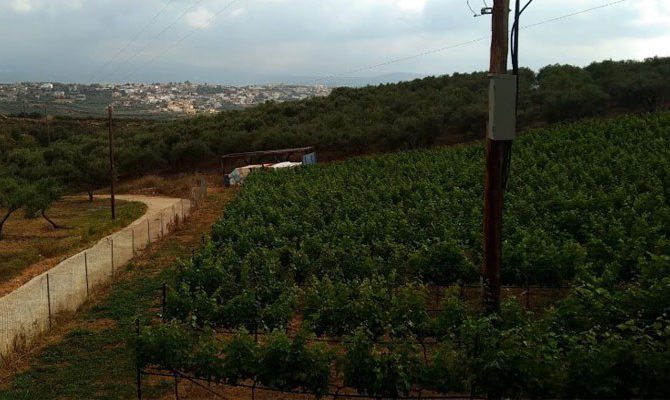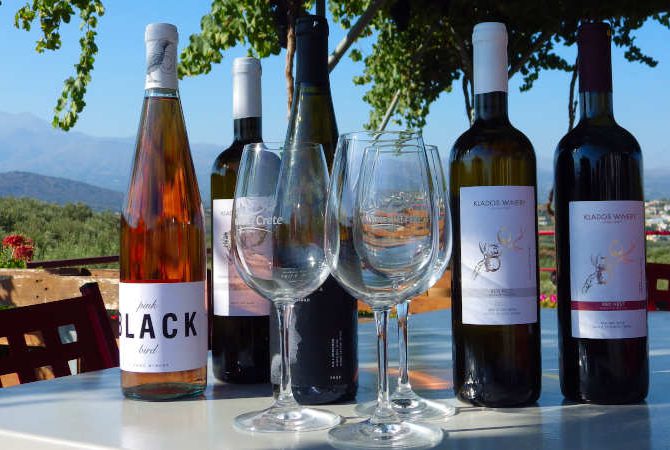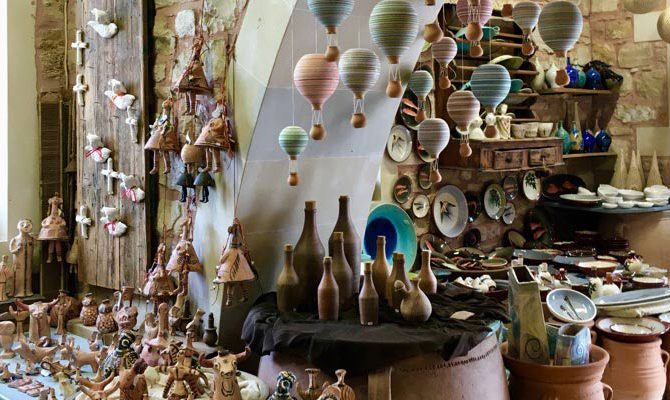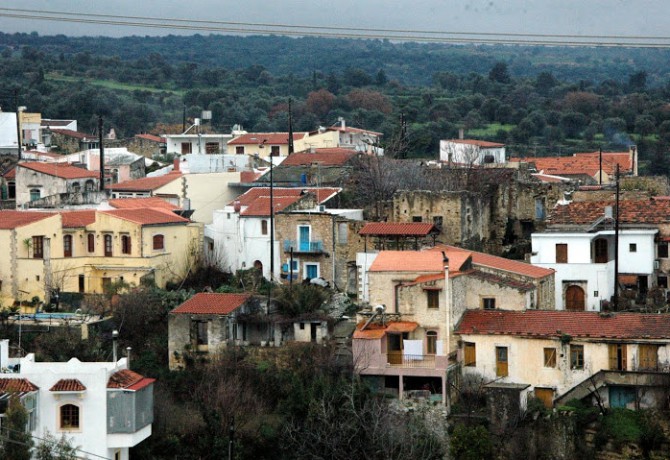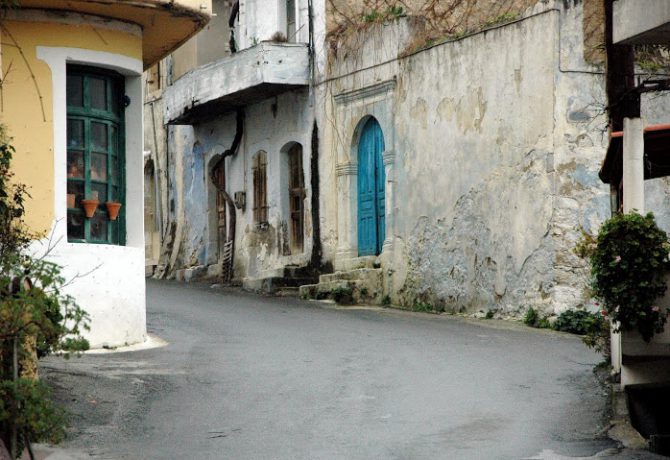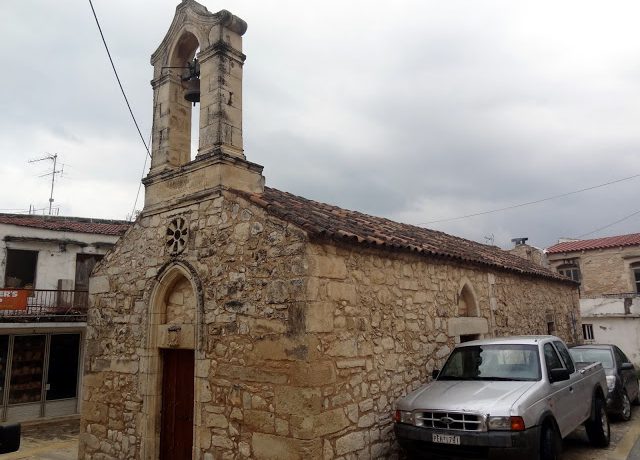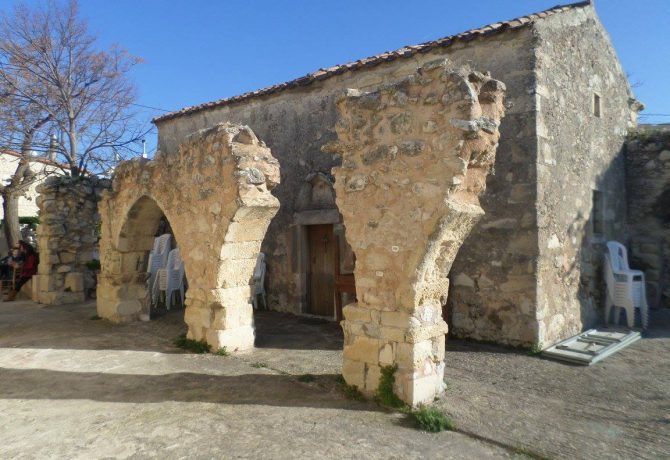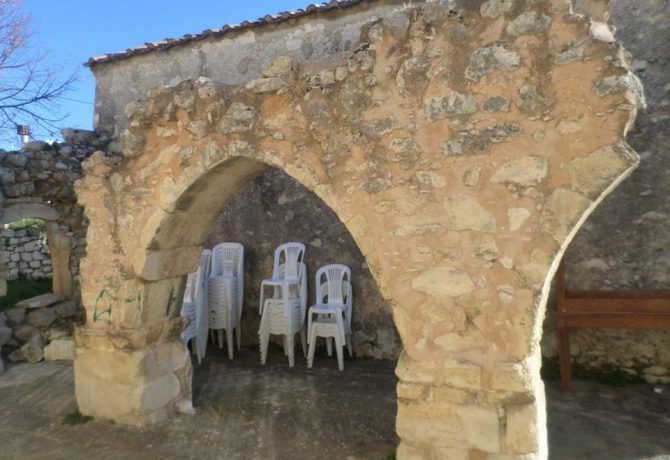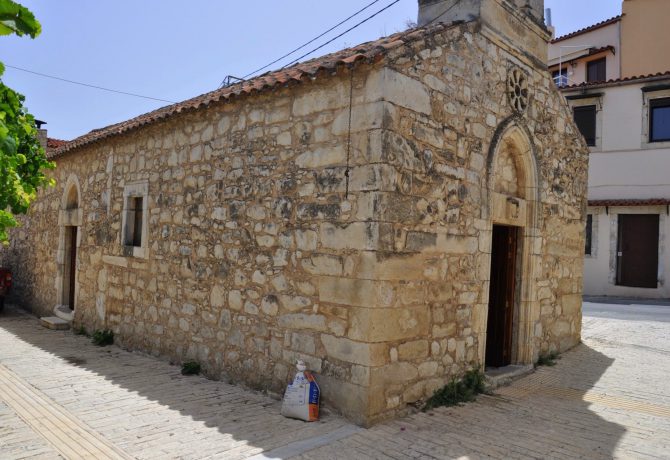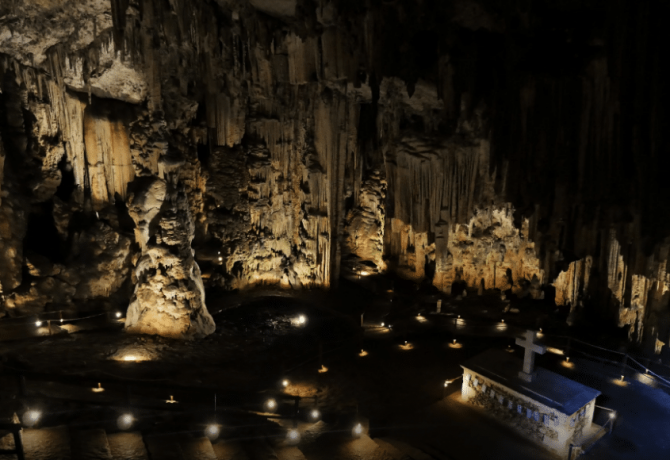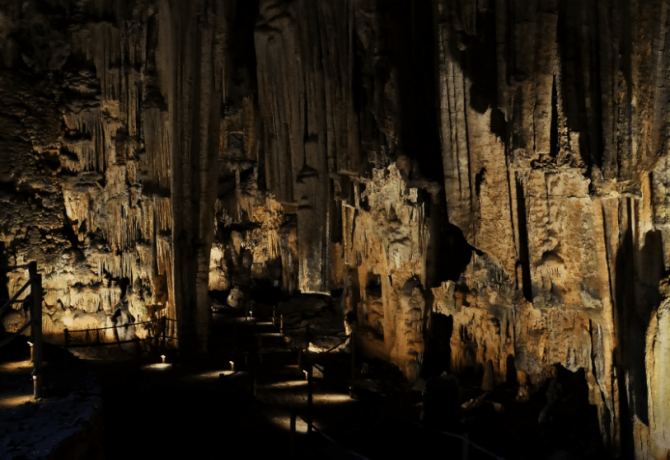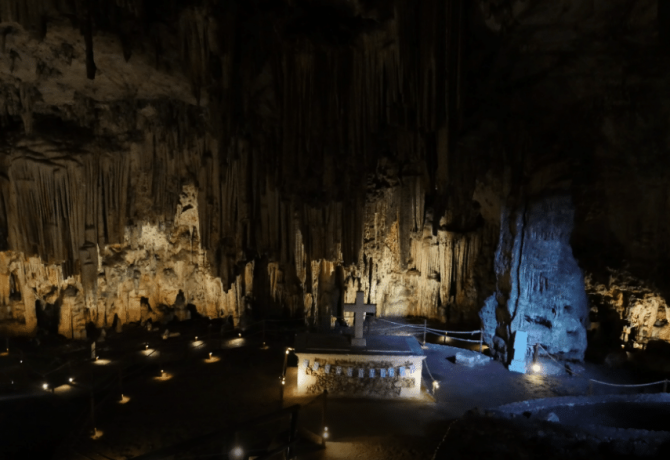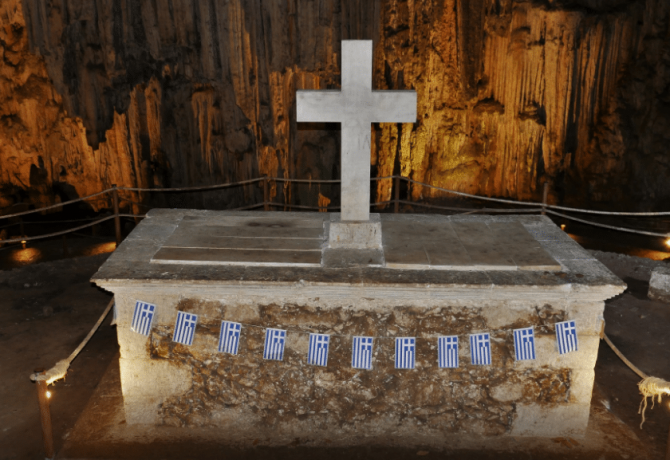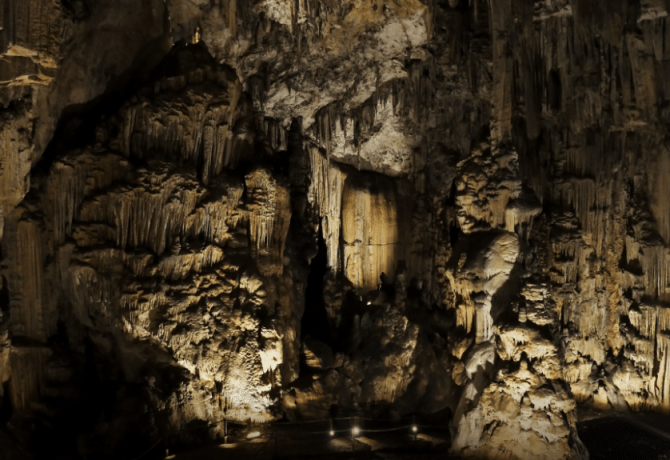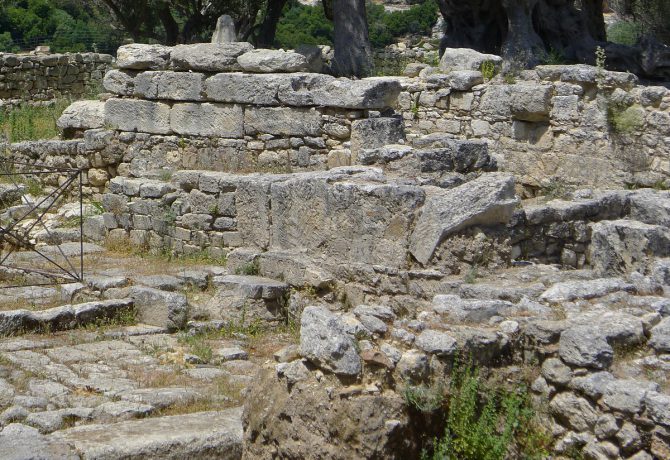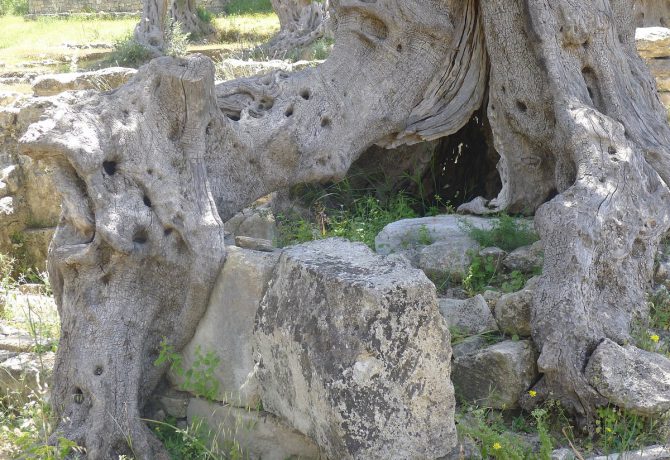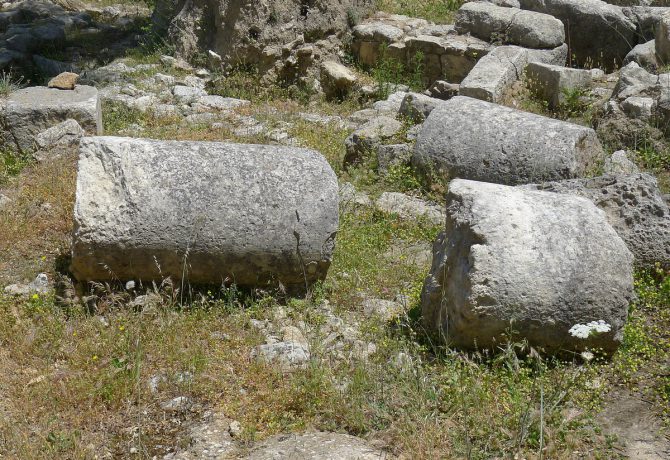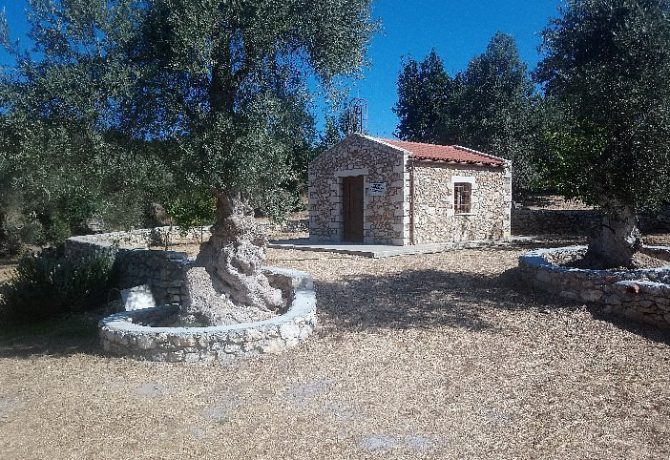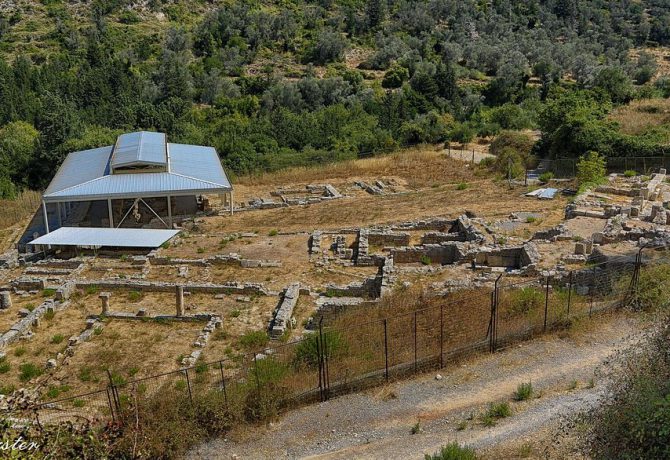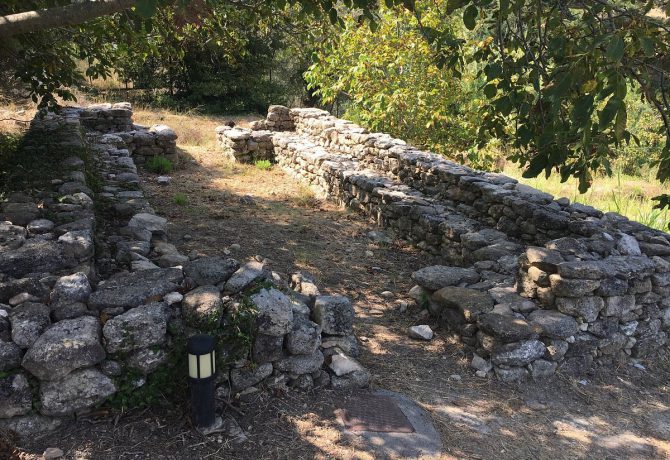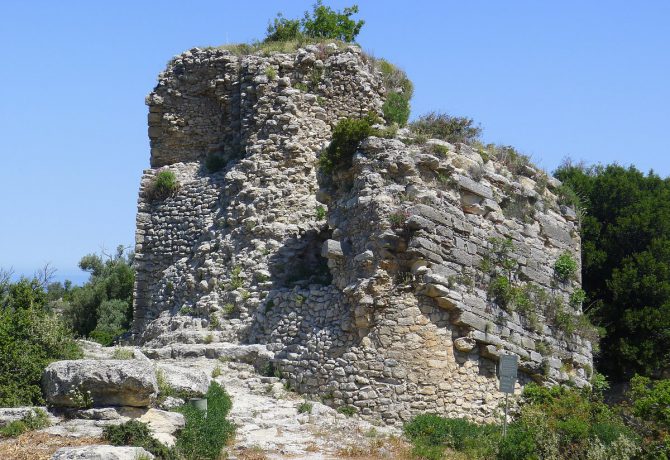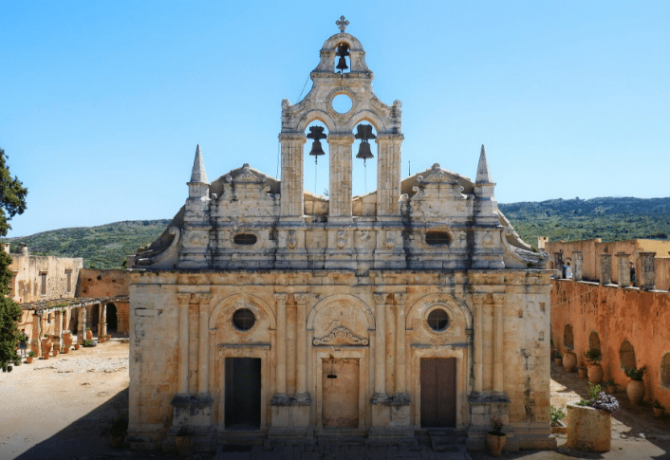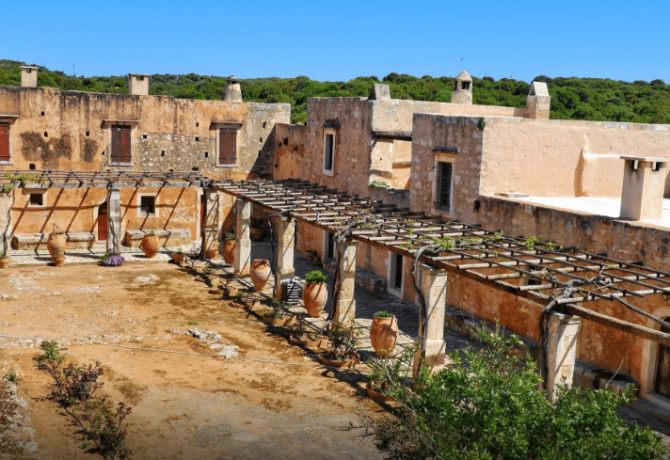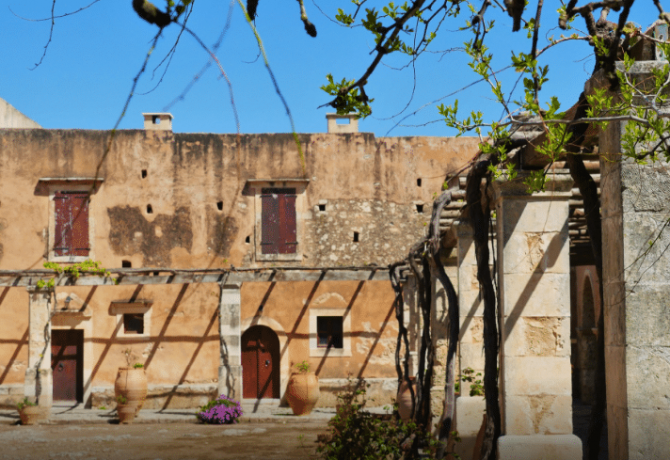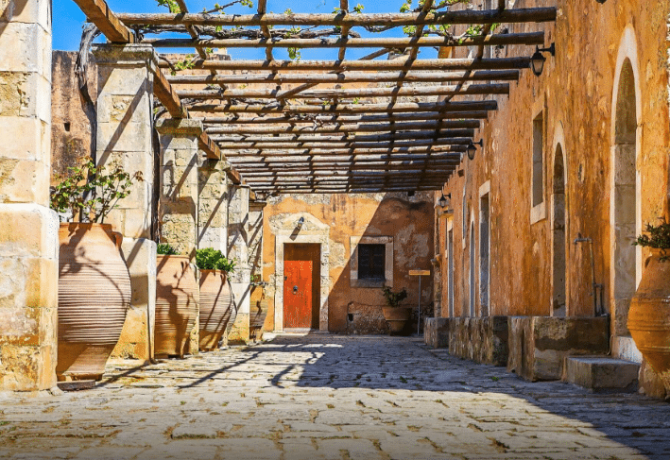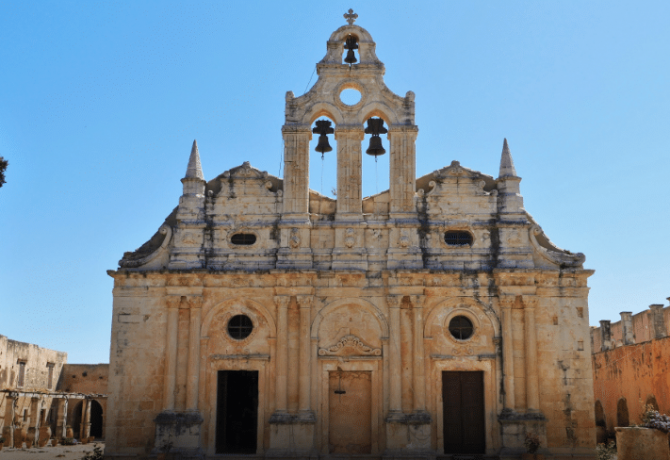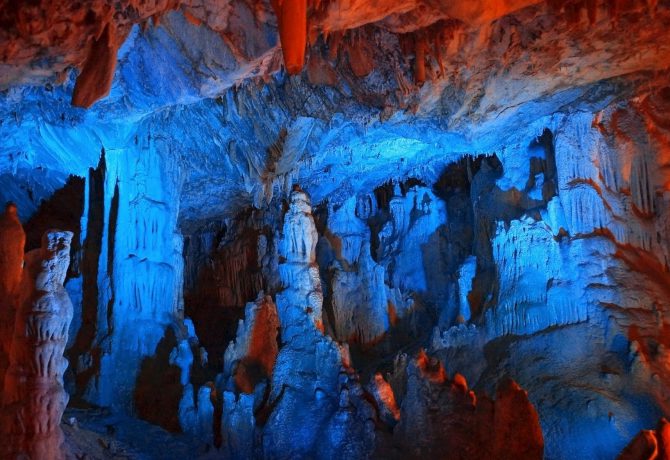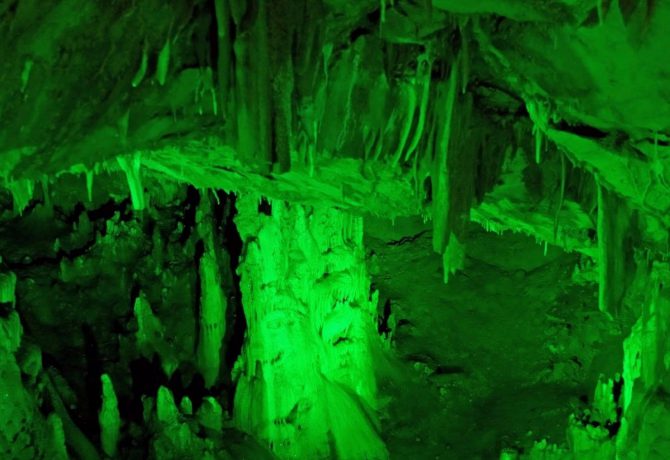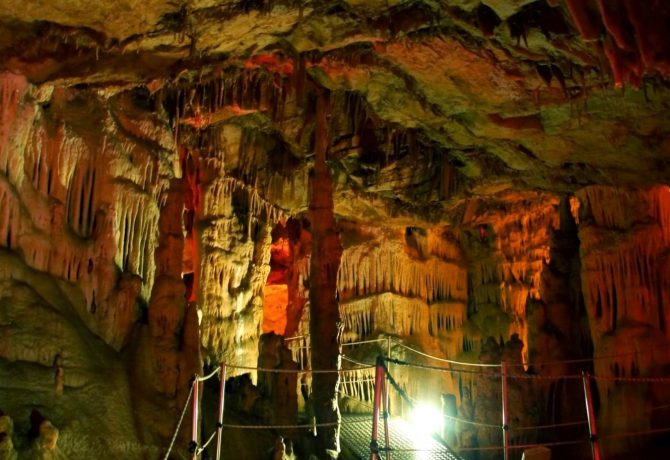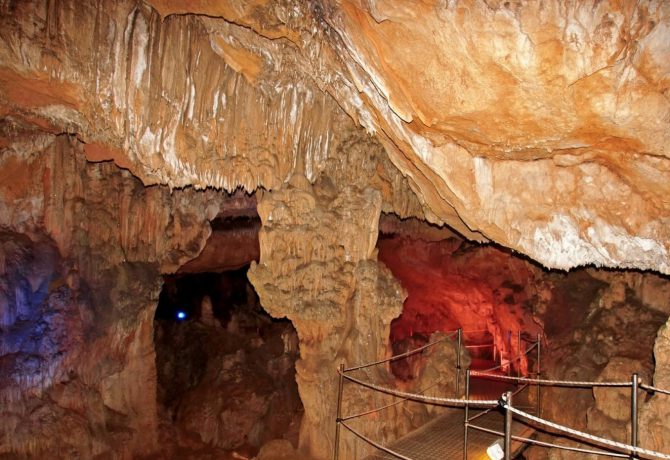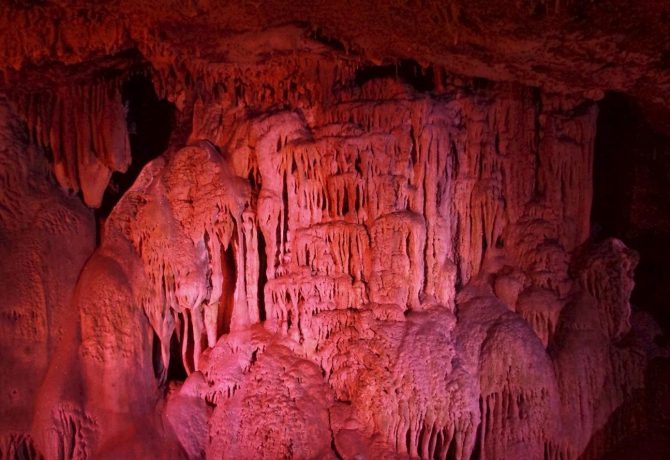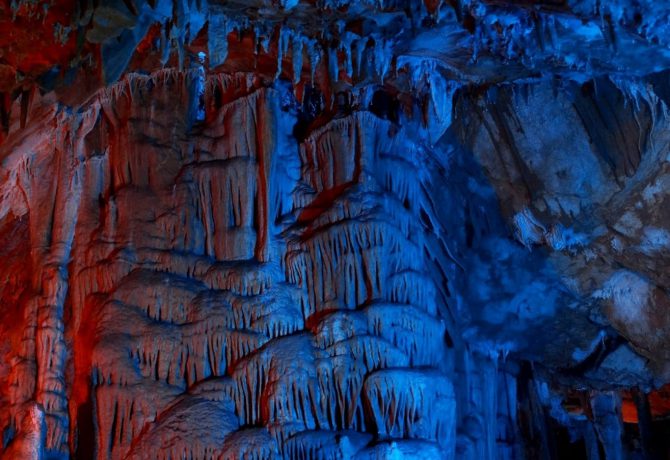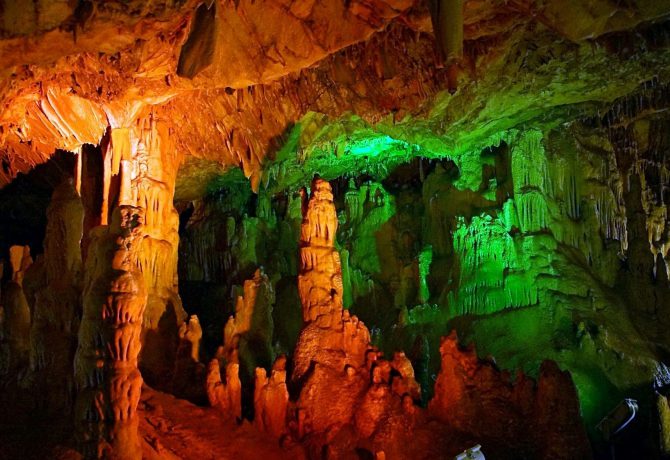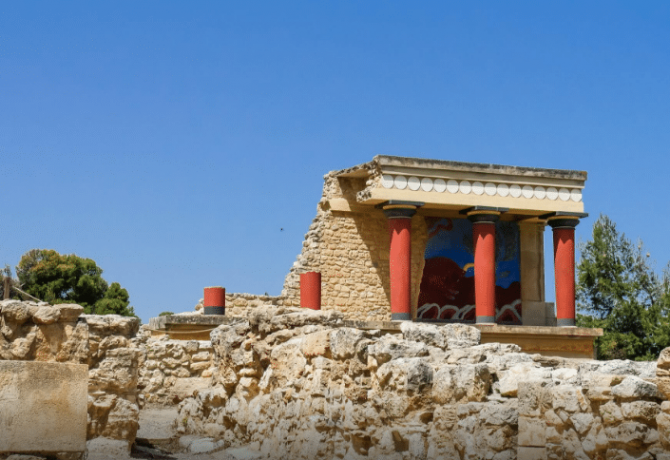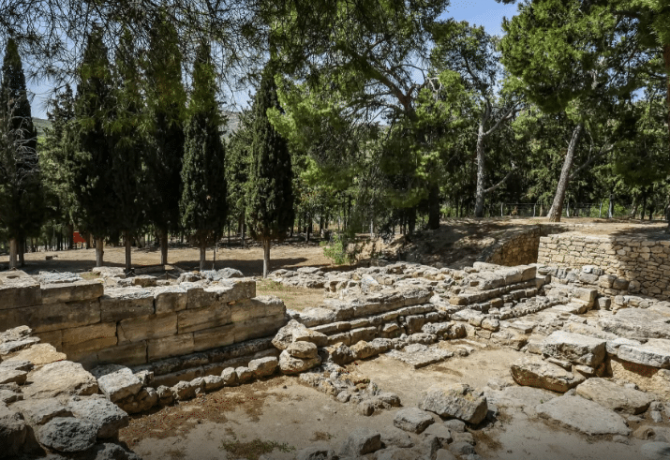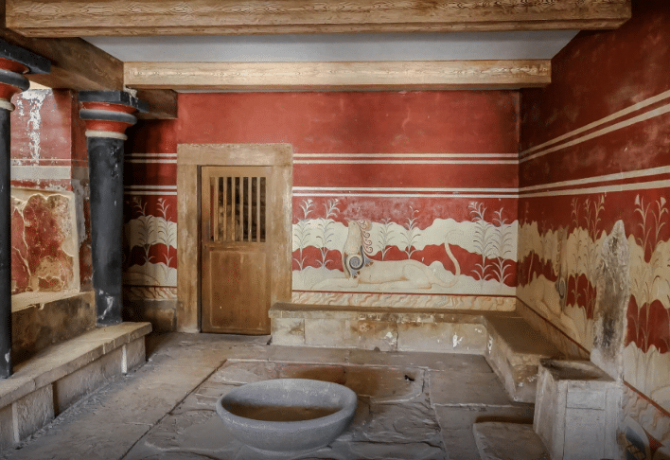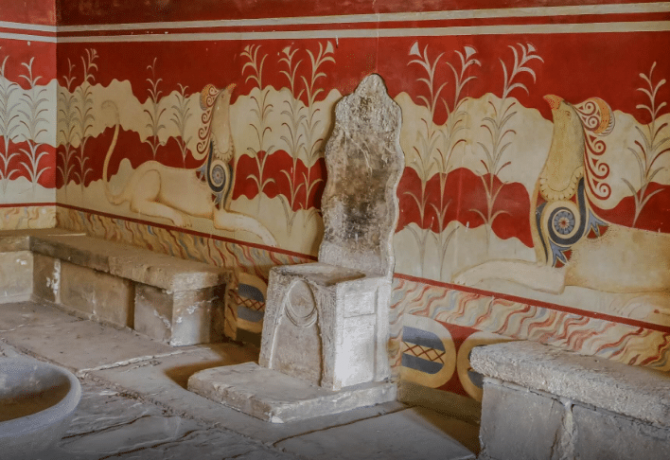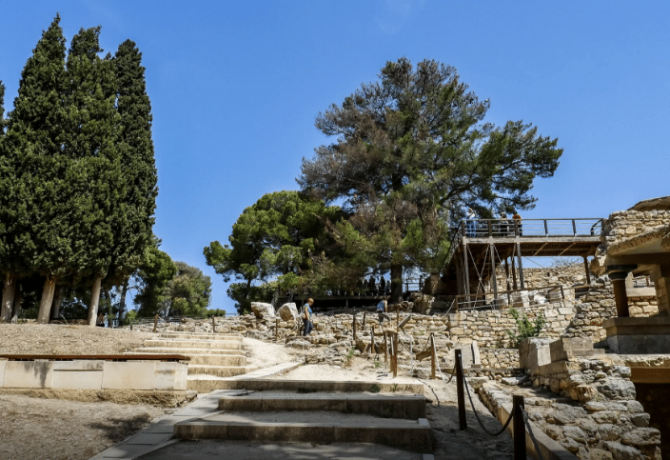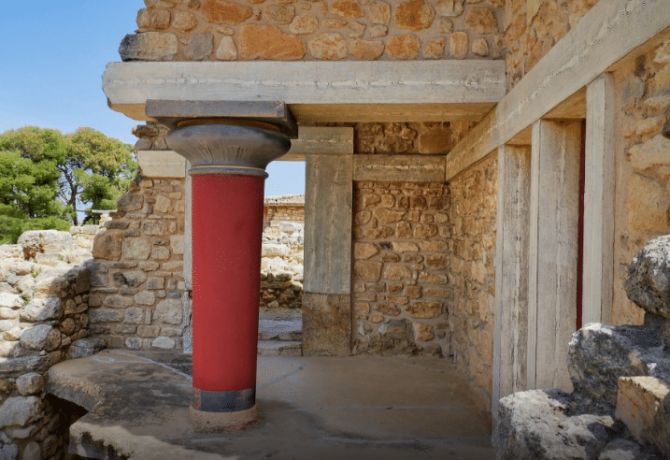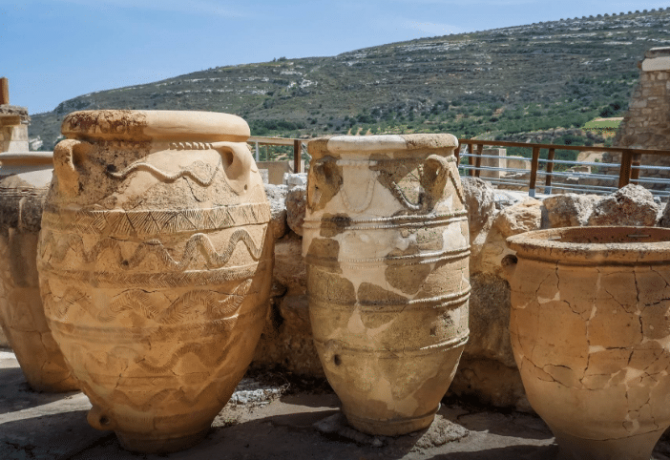The small fishing village of Panormo is located on the west coast of Crete strictly between Chania and Heraklion, just an hour’s drive from the capital and its international airport. Surprisingly good location – in dima Mylopotamos, in fact in the center of the island – turns the village into a strategically ideal place for both peaceful seal recreation and for active exploration of near and far surroundings. It’s Crete, it’s all nearby.
For thousands of years of its existence, the village with the port of Panormo saw a lot and until the middle of the XX century was an important part of the transport infrastructure of Crete, because there were no roads on the island at all. However, when civilization, asphalted tracks and road transport came to the Greek province, Panormo lost its importance as an important hub, but forever remained part of the adventurous and in many ways tragic history of Crete.
Despite the bizarre twists of history and thousands of vacationers every year, Panormo managed to preserve a unique face – unlike the neighboring villages, which have long forgotten their roots. Perhaps it’s all about the local population: about 600 people live in the village and not all of them are engaged in the tourist business. Yet there are supermarkets, a school, a kind of cultural center, and local shops sell not only souvenirs. Although, of course, tourism is the main budget-filling and meaning-forming branch of the Panormo economy.
The village has a place to stay comfortably. There are many decent large hotels (and not a single network anthill), enough apartments for every taste and a huge offer of renting villas. Although Panormo can not be called the gastronomic capital of the island, the local taverns are very good – in Cretan, of course.
But still in Panormo go swimming: cozy sandy beaches with the Blue Flag (two main and several small), hidden in quiet bays, offer a comfortable stay in the “childish” shallow water and the cleanest water on the Cretan coast.
History
In 1538, the main attraction of Panormo – the fortress – was besieged, and then burned, interrupting all the defenders, the great and terrible Redbeard (yes, the same Barbarossa) at the head of a pirate flotilla. In fact, this meant the end of the ancient history of Crete and the beginning of a long occupation by the Turks.
Castello di Milopotamo
It all started with the Romans, they laid a small port and called it Panormos (an unproven historical fact). Then there were the Genoese and the famous corsair Enrico Pescatore – they say that it was with his light hand at the very beginning of the XIII century that the stone fortress Castello di Milopotamo appeared, which gave the name to the settlement nearby. So the village for many years, until the very beginning of the last century, was named Kastelli Mylopotamos (at the fortress of Mylopotamos, Castelli Mylopotamos) or Roumeli Castelli.
The egg-shaped fort was positioned from north to south, equipped with seven towers and two gates – sea and north. This is not a unique format, the Genoese built similar fortresses in all the ports they owned.
Years passed, the Genoese were replaced by the Venetians. They also loved fortresses, so they repaired and improved Castello di Milopotamo… that in 150 years it was destroyed by Barbarossa.
However, the Venetians briefly recaptured the strategic point and tried to restore the fortress. However, from the middle of the XVII century, Panormo came under the rule of the Turks, and they did not have tender feelings for the Cretan fortresses.
Castel Milozotamo could not resist the blows of history. From it there was only a pile of stones overgrown with weeds and shrubs, in which, with great imagination, you can recognize the fortress wall.
Address: Panormo, 74057, Rethymnon, Crete
Church of the Ascension of the Lord
A few steps from the ruins of the fort is a small and unpretentious working church of the Ascension of the Lord (belongs to the Patriarchate of Constantinople). The service is attended mainly by local residents, it is held in Greek and according to the dates according to the Orthodox calendar. Parishioners are usually not too happy with curious tourists, so it is desirable to behave modestly, although in terms of dress code, the Cretan Church is much more democratic than the ROC.
The church is open daily, but it is better to visit it immediately after matins. The decoration of the temple and its atmosphere make a calming impression even on an unbelieving person. Perhaps it is not for nothing that members of the families of fishermen come here – to pray for those who are at sea.
Address: Panormo, 74057, Rethymnon, Crete
Hagia Sophia Basilica
One of the most significant local monuments is the Basilica of Agia Sophia (Hagia Sophia), which dates back to the early Byzantine period, that is, the V-VI century. The three-nave basilica with a transept in the form of an archaic cross in the days of former power impressed with its size (about a thousand square meters), but one can only guess about the decoration and services. It is known that the basilica was destroyed approximately in the VII-VIII centuries (probably the Arabs), and the Venetians or Genoese did not attempt to restore it, although they used it until the IX century.
The preserved foundation with fragments of floor and walls was excavated in 1948 by the famous Greek archaeologist Nicholas Plato.
The inhabitants of Panormo are proud of the noble ruins with the status of an archaeological site, but the historical truth is harsh: the basilica is of little value. Without a doubt, it is important for local historians and religious scholars, but no phenomenal discoveries have been made on its basis and will not be made.
You can see the basilica freely, it is located about half a kilometer south-west of the village.
Address: Panormo, 74057, Rethymnon, Crete (35.414322, 24.686519)
Panormo Lighthouse
If you walk along the coast along a dusty dirt road past the cemetery, admiring the pastures burned out in the sun and phyllite shales, then in about half an hour on a steep coastal cliff a small lighthouse with a tin roof will appear.
You don’t need to climb to it. Firstly, it is not worth it, and secondly, the rocks are slippery and steep – it is simply dangerous. The beacon is automatic, without a caretaker, you can not go inside. From the outside, you can watch as much as you want – they do not take money for viewing yet.
Address: Panormo, 74057, Rethymnon, Crete
Klados winery
The small family boutique winery Klados winery is located a little less than two kilometers from Panormo and boasts modern equipment and well-groomed vineyards. This is a worthy route for all connoisseurs of Cretan wine, as a tour of the production facilities includes tasting several varieties. The pride of the owners is an environmentally friendly vineyard, in which the white grape variety Vidiano grows.
The store works, the prices in it are much more pleasant than in panormo restaurants and better than in regional supermarkets.
You can get to the place on the A90 road. The winery and shop are open Monday to Friday from 9:00 to 17:00. It is desirable to agree on an excursion in three days.
Address: Panormo, 74057, Rethymnon, Crete
Price of excursion:6, 12, 15 euros per person depending on the package.
Site: https://kladoswinery.gr
Margarites Village
Crete is not just about wine or olives. Historians know that Crete is primarily a tradition of pottery that is rooted in the archaeological Minoan culture, part of the huge Aegean or Creto-Mycenaean. Pottery in cretan DNA: any visitor, just looking at the local ceramics, will immediately feel its connection with the local arid mountains and plains, loud and funny people, thin goats in turnips and a gentle blue sea.
Ceramics are more than a craft, and in the village of Margarites this will be proved. The settlement, which is home to 300 potters (at least, so say the guides), is located at the foot of Mount Psiloritis (Ida) and you can get here from Panormo with an organized excursion, on your own or by ordering a taxi. Here it is beautiful, bright, rich and all the products that can be seen and bought – exclusively handmade.
In Margarites there are two dozen workshops and an innumerable number of pottery shops. Everywhere you can look, the work of the masters is allowed to look, and some can buy a master class and create a lump of clay with your own hands… another lump of clay. However, the master will fix everything. In Margaritas, they understand that it is impossible to become a specialist in their field in 10 minutes, so they are loyal to tourists and their naive mistakes.
In addition, the village has several medieval Orthodox churches and still residential buildings from the time of Venetian domination in the region.
Address: Margarites, Rethymnon, Crete
Melidoni Cave
Crete is an island of caves, and not simple, but with meaning. Literally every Cretan cave is associated with some legend, in which gods, titans and goats participate. So with Melidoni (the second name of Gerontospils is an old cave), which is within walking distance from Panormo (although you will have to go along a hot dusty highway, so it is better to take a taxi or join an organized excursion).
It is known that in Melidoni people lived in the prehistoric period. True, whether they had goats, history is silent. However, mythology comes to her aid: people are not people, but the bronze titan Talos in Melidoni definitely lived. It was he, tapping his staff, twice a day went around Crete, driving away his appearance and huge fists of unreasonable enemies.
Perhaps that is why much later, in the Middle Ages, the cave was chosen by 400 Panormians – they sought protection from Talos, hid from invaders, bloodthirsty Turks. It was not possible to escape: the Basurmans laid the entrance to the cave and set fire to smoky fires. Everyone died, and compatriots have since maintained a memorial in the main hall of the cave. It is believed that it is almost a thousand years old.
But they go to Melidoni not to honor the memory of the dead, but to look at the unreal, perfect in its solemnity beauty of distant halls – they are called the caves of stalactites:
- Irion;
- Mnimion;
- Stavrodromi;
- Pasley;
- Vrahon;
- Catavotre;
- Hyperoon;
- Parapetasmata.
It is better to visit the caves in the warm season, you need to have warm clothes and non-slip shoes, as well as a remedy for mosquitoes. Tickets can be purchased locally.
Address: Melidoni Geropotamos Municipality, 74052 Rethymnon, Crete
Price:4 euros for adults, 3 euros for children and students.
Site: https://www.melidoni.gr/news-c19wy
Ancient Apollonia – Eleftherna
A stunningly interesting place for both a specialist historian and an ordinary tourist is the Polis of Eleftherna, which has been excavated by archaeologists of the University of Crete since 1984. Every year the veil of history opens a little more, and people learn much more about life in Crete – social, political, everyday life. And all this is mainly thanks to Eleftherna.
Most of the exhibits found at the excavations are exhibited in Chania and Heraklion, however, you can see a lot of amazing things on the site, appreciate the scale and strength of people who gnawed into the barren land of Crete centuries ago. Since 2016, the Eleftherna Museum has been operating on the site. Necropolises, geometrically correct street layout, public buildings and residential buildings – the Cretans of the Dark Ages differed little from their contemporaries.
Do not watch the excavations yourself, you must definitely book an excursion. It makes sense to watch Eleftherna in the warm season, on a sunny day. It is advisable to start in the morning. Eleftherna is part of the municipality of Arkadi, next to the excavations there is a famous monastery, it is convenient to combine a visit.
Working hours: 10:00—18:00 (Tuesday—Sunday, Monday closed)
Address: Archaea-Eleftherna, 74052, Greece
Site: https://elefthernacrete.gr
Arkadi Monastery
It is believed that the monastery is a place where people leave the worldly bustle and lose touch with reality. Everything can be, but not in Crete. Here, Christianity is not just a religion, it is woven into social life and no less active than any other institution.
The monastery at the northwestern foot of Ida at an altitude of just over half a kilometer above sea level is believed to have been built at the beginning of the V century. For many years, the classical stone building (huge, almost 5200 square meters!) was a refuge for persecuted Christians and opponents of the Venetian occupation.
During the Turkish expansion, the monastery was looted and burned, but a little later the monks were allowed to return. They rebuilt the monastery: after almost 200 years, it was destined to become a key center of resistance.
In 1866, 15,000 Turks stormed the monastery – it was the headquarters of the rebels, their arsenal and think tank, there were refugees and civilians. When the Turks broke into the territory of the monastery, the rebels blew up the arsenal. The casualties numbered in the hundreds.
In the XX century, the monastery was restored by the forces of parishioners and the Patriarchate of Constantinople. Now the Arkadi Monastery is the current Cathedral of Christ the Savior, St. Constantine and His mother St. Helena, seven monks live here and divine services are performed according to Orthodox canons. In addition, on its territory there are several interesting places to visit:
- Museum of relics (mainly religious);
- historical archive;
- armory with powder magazine;
- monastic cellars (where refugees hid).
Entrance to the monastery is paid (4 euros), excursions are not held, but a colorful booklet is issued. Outside the territory of the monastery there is a crypt in which the remains of the defenders are buried.
Working hours: 10:00—18:00 (Monday—Friday, excluding religious holidays)
Address: Arkadi, Rethymnon, 71409, Crete
Site: www.arkadimonastery.gr
Sfendoni Cave
One of the largest and most beautiful caves not only in Crete, but throughout Greece is located near Melidoni, on the southern slope of the halepa hill at an altitude of about 630 meters. Sfendoni (they say it was named after the deserter-discoverer, but this is not accurate) is the most ennobled cave, in which it is conveniently located, and outside it tired tourists are waiting for a tavern and several coffee shops. Safety is monitored by specially trained speleologists.
Huge columns propping up the ceiling of the cave, conditionally divide it into compartments or halls. There are only two caves, but they are divided into 14 halls with their own unique features, including “cave pearls” and ponds. Colored lighting is organized, emphasizing the natural beauty of mineral deposits. Inside is not cold and not slippery, but bats fly.
It is convenient to move around the cave, handrails, decks and steps are made. Guided tours are conducted only. On weekdays, they start every hour. You can find out the detailed schedule and book tickets on the website of the municipal unit – the village of Zoniana. A full ticket costs 5 euros, children under 14 years old are free, schoolchildren and students – 3 euros.
Address: Sfedoni, Zoniana 74051, Crete
Site: https://zoniana.gr
Palace of Knossos
Being close to Heraklion and not seeing the legendary palace of King Minos is a serious crime against the gods of tourism. This place is like the Parthenon: also a remake, but so fashionable and promoted that it is simply necessary to visit it.
Initially, the palace-type buildings in Knossos are attributed to the Bronze Age, and according to some classifications are considered the oldest city in Europe. It is believed that the palace was the residence of the rulers and the ceremonial center of the Minoan civilization. Of course, the ruins of all this are not visible. But detailed information can be heard from guides in the Museums of Heraklion and Chania.
However, the Palace of Knossos is not the only monument of Minoan architecture in the region. Even closer to Panormo is the palace in Zomintos – a relatively new discovery, where excavations and research in real time.
The easiest way to get to the Palace of Knossos is from Heraklion. Entrance to the observation decks is paid. The palace is open from Monday to Saturday from 10 a.m. to 5 p.m.
Address: The Palace of Knossos, 8, Iraklio 714 09, Greece
Site: https://www.welcome-greece.gr/the-palace-of-knossos/
Panormo is a great choice for a family holiday. It is quiet, calm and almost no nightlife. Attractions in the village and nearby do not capture the imagination, but are able to diversify the everyday life of a tourist and give a lot of interesting photos.


